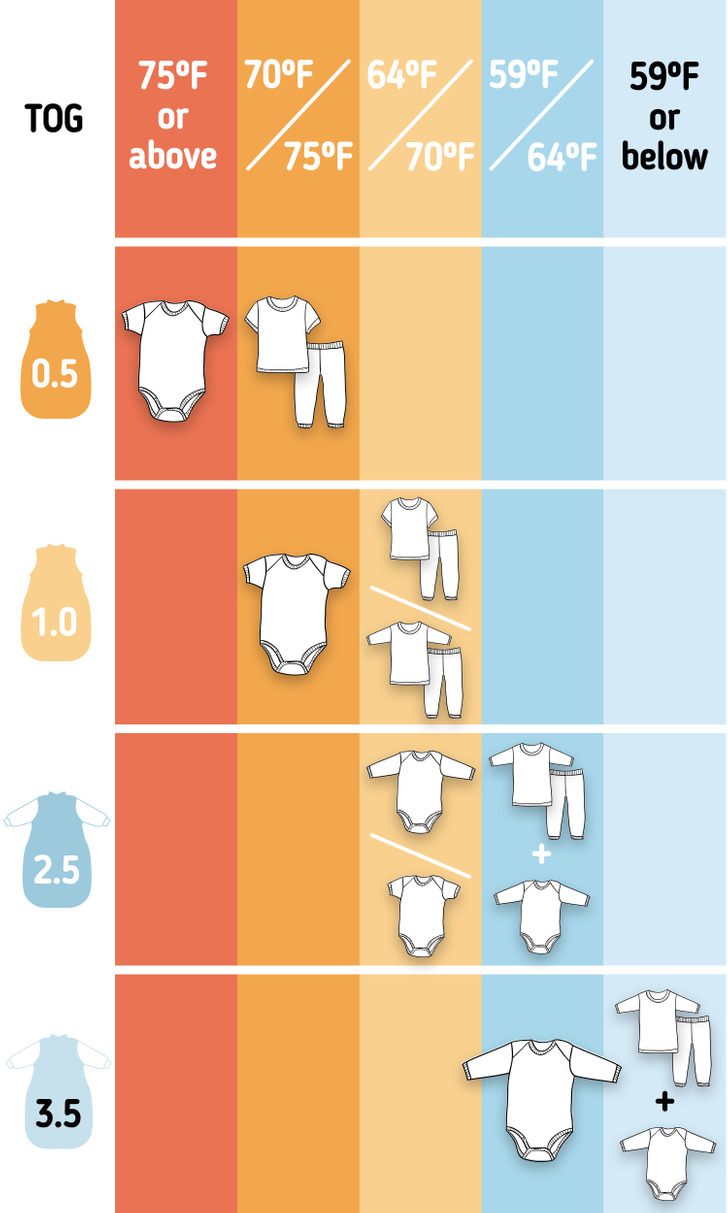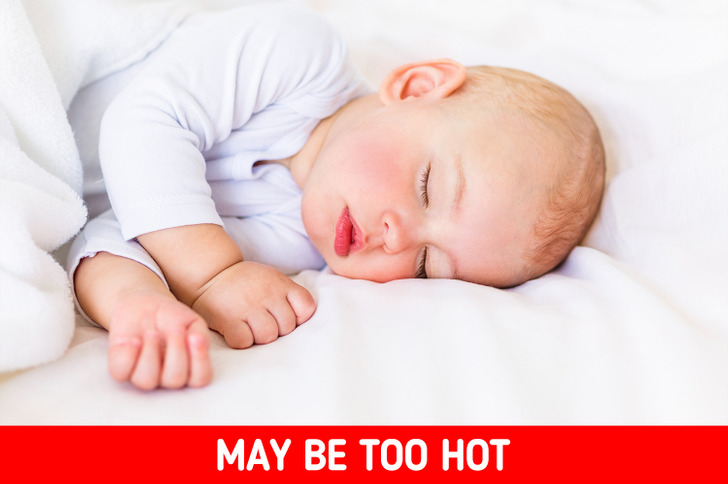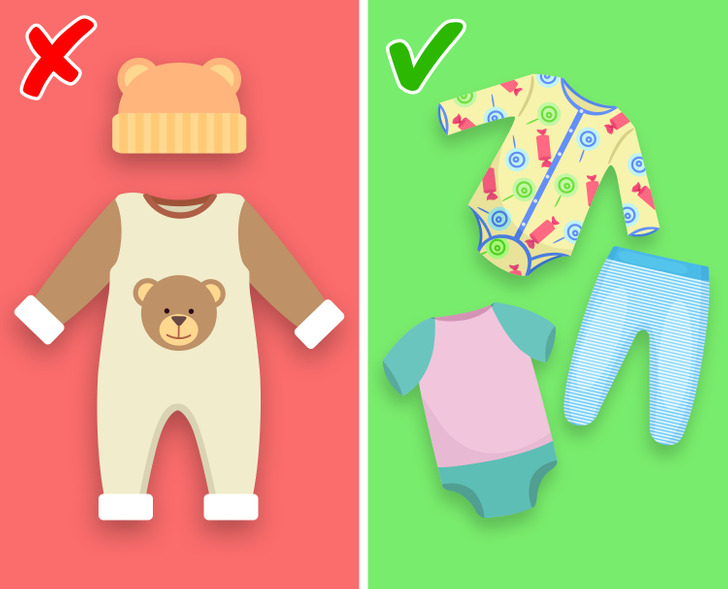How to Dress Your Baby for Sleep
When getting your baby dressed for sleep, one simple method to choose the right clothing is to add one more layer than what you’d comfortably be wearing at night. However, you should also consider other important factors, such as the temperature in the room and the weight of the sleeping bag.
5-Minute Crafts has prepared this guide with basic guidelines to properly dress your baby for bed.
❗ Important: This article has been created for informative purposes only and does not replace professional advice. We recommend that you consult your pediatrician for proper guidelines regarding this matter.
What your baby should sleep in
Choosing your baby’s pajamas may sound like a very simple task, but, as mentioned before, there are other things you should take into account when putting your child to sleep, such as the room temperature and the warmness provided by the sleeping bag. For instance, the Thermal Overall Grade, otherwise known as the TOG rating, will help you figure the thickness of a sleeping bag according to its weight. Sleeping bags rated with a higher TOG will be warmer than those classified with a lower TOG rating.
The chart above will give you a clearer idea of what your baby should wear to sleep, taking into account these factors. However, it’s advisable to check the following information to understand the main characteristics of each type of sleeping bag according to its TOG rating:
- Light (around 0.5 TOG): They’re made from single layers of cotton. They have no padding and are appropriate for use during summer and hot weather.
- Summer (around 1.0 TOG): They’re lightly padded and can be used in warmer weather. They’re suitable for room temperatures that range between 64ºF and 75ºF.
- Standard (around 2.5 TOG): They’re padded. You may use them throughout the entire year, except when in high summer temperatures.
- Winter (around 3.5 TOG): They’re warmly padded and appropriate for use during colder room temperatures below 59ºF.
✅ Keep in mind that your baby’s room should have an ideal temperature of 68ºF and 72ºF.
How to know if your baby is too hot
Quickened breathing, sweating, wet hair, rashes, and red cheeks are some of the signs that indicate possible overheating. If you’re still not sure, touch your baby’s neck, chest, or tummy. If the skin on these areas feels sweaty or hot, regulate the room temperature to a comfortable level or take away one layer of clothing. Then check your child again after a few minutes.
On the other hand, if your baby is too cold, they may show a slight blueish color on their hands and feet. If this happens, use a heater to warm up the room or add one more layer of clothing. Your baby’s fingers and toes should go back to their normal rosy color shortly.
❗ Remember that your baby’s circulatory system is still growing. Therefore, their hands and feet might feel cold whenever you touch them.
Other important recommendations
✅ Opt for dressing your little one in layers rather than warm pajamas so that you can add or remove pieces of clothing if the temperature varies.
✅ Use a fan or a heater to make the room temperature comfortable. If it’s too warm, place a fan on the opposite side of the nursery, away from your child. If it’s too cold, you can use a heater, but make sure that the door is slightly open to avoid overheating.
🚫 Don’t use hats and beanies, as these can cause overheating or choking. Keep in mind that your baby’s head should remain uncovered while they’re asleep since they regulate their temperature by releasing heat from this part of their body.
🚫 Don’t warm your baby with hot water bottles or electric blankets, not even in colder months.


